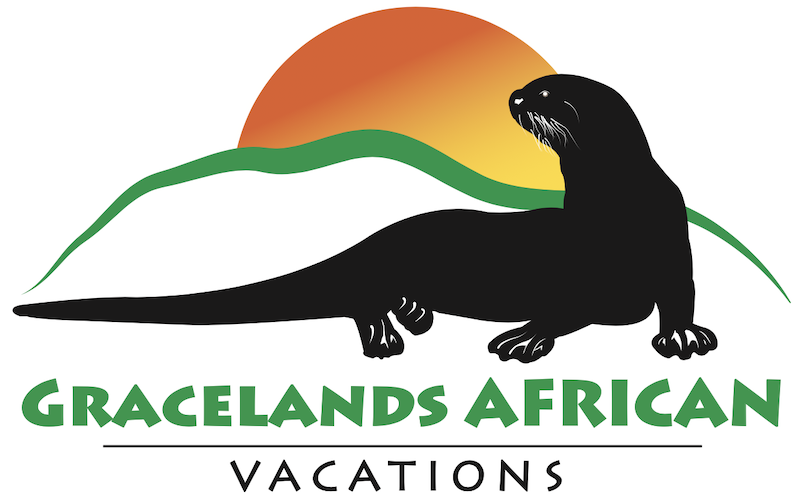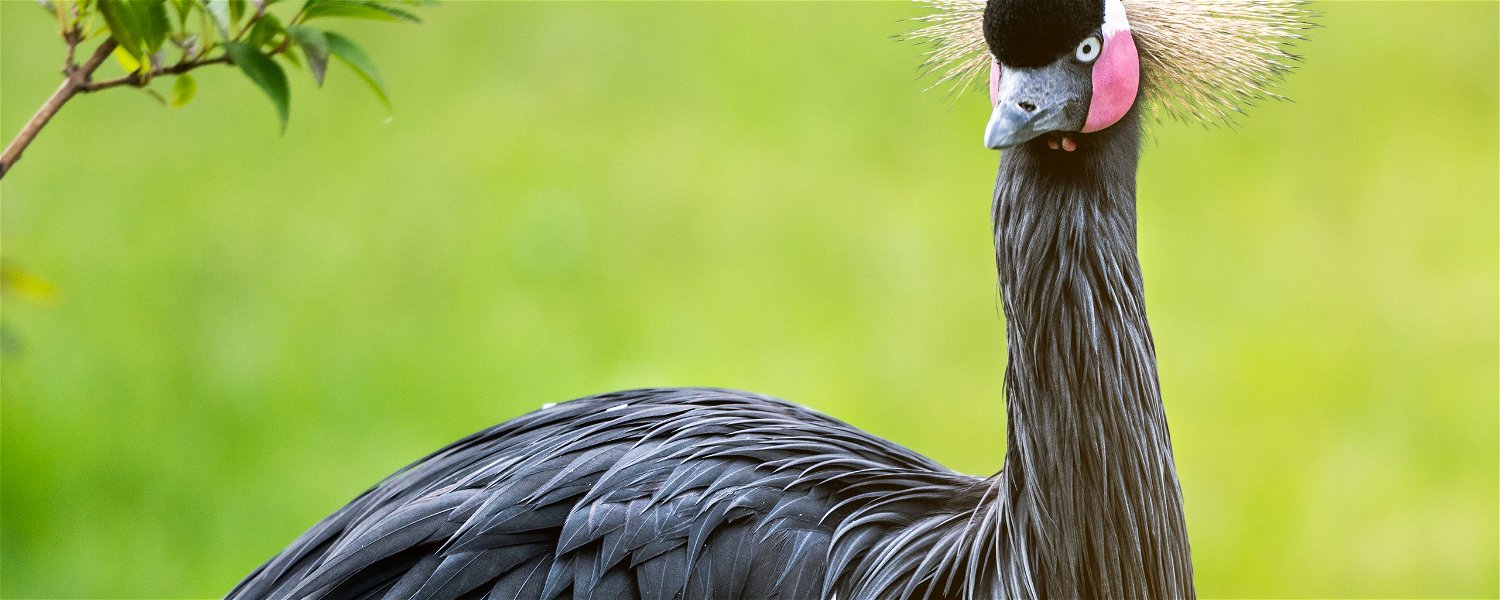Birding in Uganda
Uganda is an Avian kingdom. With over half of all bird species in Africa, Uganda is home to the richest collection of birds on the African continent. Given its climate and vegetation, many birds Uganda a favorable habitat for breeding. From the scenic shores of its great lakes to the lush forests of the Albertine Rift and the banks of the mighty Nile River, Uganda is undoubtedly an Ave kingdom. Whereas Uganda has only one endemic bird (Fox’s Weaver), 23 Albertine endemics occur here which are rarely observed elsewhere. These include the Handsome Francolin, Rwenzori Turaco, Rwenzori Nightjar, Dwarf Honeyguide, African Green Broadbill, Archer’s Robin-Chat, Grauer’s Rush Warbler, Short-tailed Warbler, Grauer’s Warbler, Collared Apalis, Regal Sunbird, Strange Weaver, Dusky Crimsonwing, and Shelley’s Crimsonwing among others. To your amazement, in just a period of three weeks, a total of 665 different bird species were recorded…. Pack your binoculars, some sturdy shoes and your checklist. Let’s go Birding! Below are some of the birding spots you should expect to checkout organized by location should you have us prepare your vacation.
Bwindi
Notably one of the very few habitats in the world for the Mountain Gorilla, Bwindi Impenetrable Forest is one big catch for any tourist. The varied habitats of Uganda’s oldest forest mean it is the ideal habitat for a variety of birds, with 350 species recorded, including 23 endemics (90% of all Albertine Rift endemics) such as the Short-tailed Warbler and Blue-headed Sunbird as well as seven IUCN red data listed species. Easy to see are the African Emerald Cuckoo, Common Bulbul, African Blue and White-tailed Blue Flycatchers and Red-headed Bluebill. Birding takes place along the main trail, the Buhoma Waterfall Trail and along the bamboo zone and Mubwindi Swamp trail in Ruhija.
Kibale
As early as 7am, your Birding tour will start at Kanyanchu; Here you’ll have the opportunity to see rare species like the Papyrus Gonolek, White-winged Warbler, White-collared Oliveback and Papyrus Canary.
Bigodi Wetland Sanctuary
Located just outside the park, Bigodi Wetland Sanctuary is home to 138 bird species which may be seen during guided walks along the boardwalk trail and viewing platforms. These could include the White-spotted Flufftail, Yellow-spotted Barbet, Hairy-breasted Barbet, Yellow-billed Barbet, Western Nicator, Grey-winged Robin-chat, White-tailed Ant-thrush, Brown-backed Scrub-robin, Black-and-white Shrike-flycatcher, Brown-throated Wattle-eye, Superb Sunbird, Brown-crowned Tchagra, Bocage’s Bush-shrike, Black Bishop, White-breasted Negrofinch and Black-crowned Waxbill among others.
In Kidepo Valley
While you enjoy the breeze at Apoka Rest Camp; you’ll have a great time kick-starting your Kidepo birding experience. More than that, on the fringes of the Narus and Namamukweny Valleys you’ll as well catch your breath as you marvel at the many graceful birds you’ll see. Among the birds seen are the Abyssinian Roller, Purple Heron, Abyssinian Ground Hornbill and Clapperton’s Francolin, which is found only in Kidepo. The activity can be arranged both in the morning and evening.
In Lake Mburo National Park
Found in Western Uganda, Lake Mburo is home to a variety of birds. Actually, it’s popularly known for its graceful collection of birds that not many lakes have can compete. The best birding spots in Lake Mburo National Park include the swampy valleys of Warukiri and Miriti, and the roadsides between Rwonyo camp and the jetty. There are also ideally situated viewing platforms at the salt lick, in Miriti Valley, and in Rubanga Forest. Species observed at these locations include the Rufous-bellied Heron, Bateleur, Coqui Francolin, Grey Crowned Crane, Black-bellied Bustard, Brown-chested Lapwing, Emerald-spotted Wood-Dove, Brown Parrot, Red-headed Lovebird, Ross’s Turaco, Bare-faced Go-away-bird, Green Wood-hoopoe, Common Scimitarbill, White-headed Barbet, Red-faced Barbet, Nubian Woodpecker, Red-shouldered Cuckoo-shrike, Long-tailed Cisticola, Yellow-breasted Apalis, White-winged Tit and Finfoot among others.
Rubanga Forest can be visited using a vehicle or on foot. This is a real draw for keen birders, and prior arrangement should be made with the warden. The rare Red-faced Barbet – only seen in Lake Mburo National Park – is one of the of the forest’s featured species.
In Mgahinga Gorilla
On your three to four hour Gorge Trail between Gahinga and Sabinyo, you’ll enjoy spectacular sightings of the Dusky turtle Dove, Cape Robin-chat, Kivu-ground Thrush, Olive Thrush, Brown-crowned Tchagra, Bronze Sunbird, Regal Sunbird, Blue-headed Sunbird, Rwenzori Bat is, Black-headed Waxbill and Streaky Seedeater. Other good birding areas are at the bamboo belt at about 2,500m above sea level, and the tall montane forest at 2,660m. The Rwenzori Turaco is mostly sighted at around 2,700m. Along the Uganda-Congo border and on level ground, the Chubb’s Cisticola, Red-faced Woodland Warbler, Banded Prinia and Doherty’s Bush-shrike are vocal yet inconspicuous inhabitants of the tangled vegetation at the forest’s edge.
In Mt. Elgon
Excellent birding opportunities exist in Mt. Elgon around Kapkwai Forest Exploration Centre, in particular in the secondary forest and thick shrub along the loop trails extended to cover Cheptui Falls. Here you expect to see the African Goshawk; Chubb’s Cisticola, White-chinned Prinia, African Blue Fly-catcher, ChinspotBatis, Mackinnon’s Fiscal, Dohertys and Luhders Bush-shrikes, BaglafechtWeaver, Cinnamon Bee Eater, MoustachedTinkerbird, Hartloub`sTuraco, Tacazze Sunbird, Olive- and Bronze-naped pigeons, Black Kite and Black-collared Apalis. You’ll need some good shoes and a sturdy stance to go birding here. Expect some hiking too.
While on your game drive and launch trips, you’ll be availed with an opportunity to come across distinct varieties of Ave, including savannah forest birds, water birds and Albertine Rift endemics. The commonest species found in the plains include the Marabou Stork, Abyssinian Ground Hornbill, Secretary Birds, Black-bellied Bustards, Open-billed Storks and Widow Bird. Closer to the river where there are more thickets and woodlands, the commonest bird varieties include the Swallow-tailed and Red-throated Bee-eaters – particularly in the Nyamusika Cliffs; Woodland, Pied, Giant and Malachite Kingfishers; Francolin; Hornbills, Grey heron; Hamerkop; Shrikes; Flycatchers; Cuckoos; Woodpeckers; Crombecs and Warblers. The riverbanks are also home to ducks, geese, stilts and plovers. The park’s main birding attraction is the Shoebill, best sighted in the dry season from January-March.
In Queen Elizabeth National Park
Classified as an Important Birding Area (IBA) by Birding International, Queen Elizabeth National Park’s great variety of habitats mean it is home to over 600 species. This is the greatest of any East African national park, and a phenomenal number for such a small area. Further more, the park’s confluence of savanna and forest, linking to the expansive forests of the DR Congo allow visitors to spot East as well as Central African species. Present in the park too are numerous water birds, woodland and forest dwellers in the Maramagambo Forest, 54 raptors and various migratory species. Key species include the Martial Eagle, Black-rumped Buttonquail, African Skimmer, Chapin’s Flycatcher, Pinkbacked Pelican, African Broadbill, Verreaux’s Eagle Owl, Black Bee-eater, White-tailed Lark, White-winged Warbler, Papyrus Gonolek, Papyrus Canary, Corncrake, Lesser and Greater Flamingo, Shoebill, Bar-tailed Godwit.
For your best birding experience in Queen Elizabeth National Park, don’t miss these birding hot spots: Kazinga Channel, Kasenyi Area, Mweya Peninsula, Maramagambo Forest, Ishasha Sector, Lake Kikorongo, Katunguru Bridge area and Katwe Area.
In Rwenzori Mountains
Birding opportunities are greatest in the montane forest; understandably, few species choose to make their home in the inhospitable world of the high Rwenzori. Bee-eaters, Robins, Sunbirds and Barbets are some of the 217 species found in Rwenzori Mountains National Park. Other species to watch out for include the Rwenzori Turaco and the Long-eared Owl; while higher up on the slopes, Bearded Vultures, Swifts and Black Eagles may be seen circling for prey. Hey, remember to pump up yourself for the mountain hike ‘coz it’s going to be fun and cold.
In Semuliki National Park
If you ever make it to Semuliki you’ll be rewarded with some of Africa’s best forest birding experience. Sempaya and Ntandi provide excellent viewing of the birds including the White-crested Hornbill, Red-billed Dwarf Hornbill, Piping Hornbill, Yellow-throated Nicator, Great blue and Ross’s Turacos. In addition, the area around Kirumia River is another top birding spot. The shoebill stork is regularly seen at close quarters on Lake Albert and forest walks are good for tracking water birds. This is one great place you surely don’t want to miss.



Share This Page